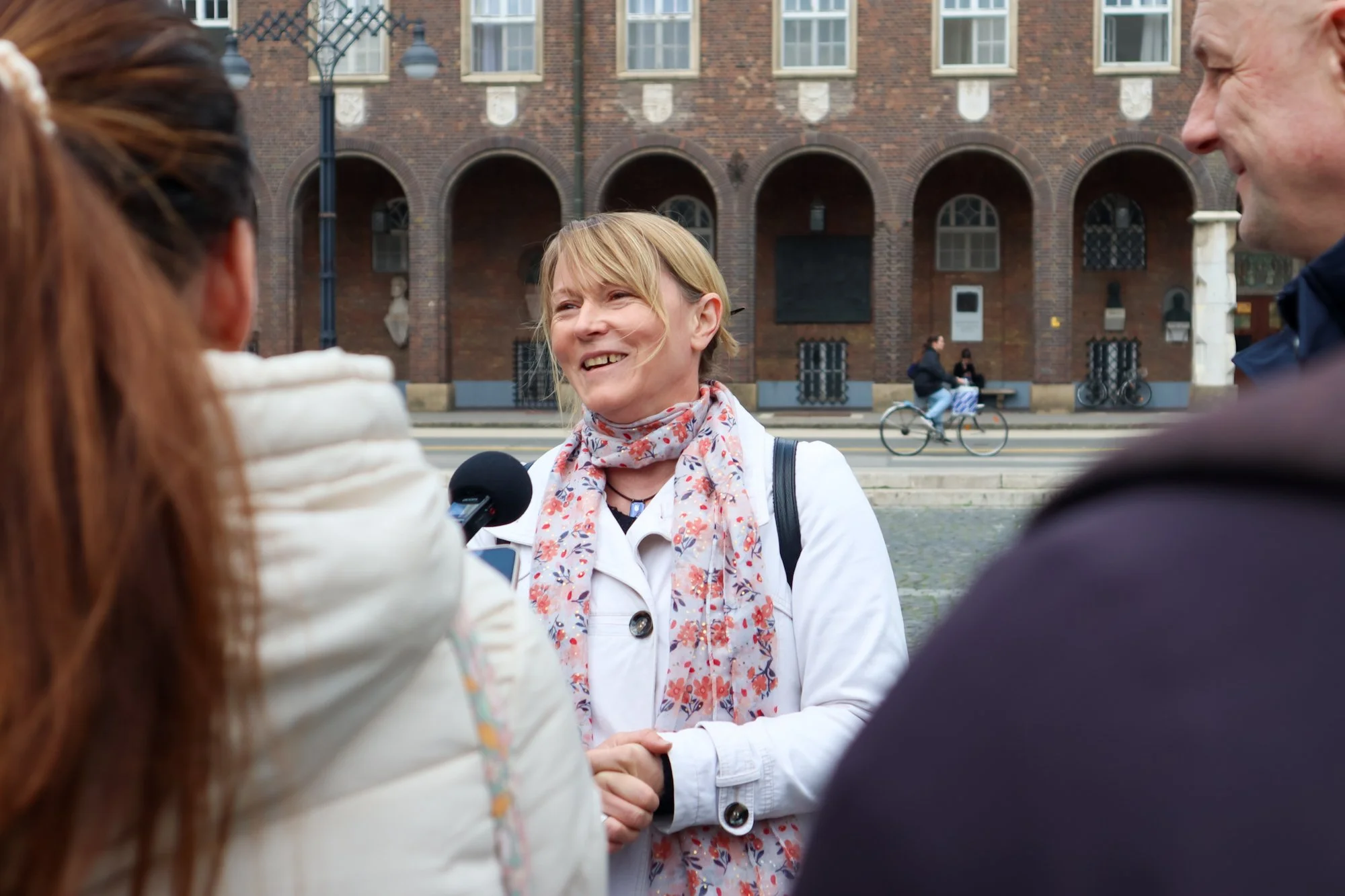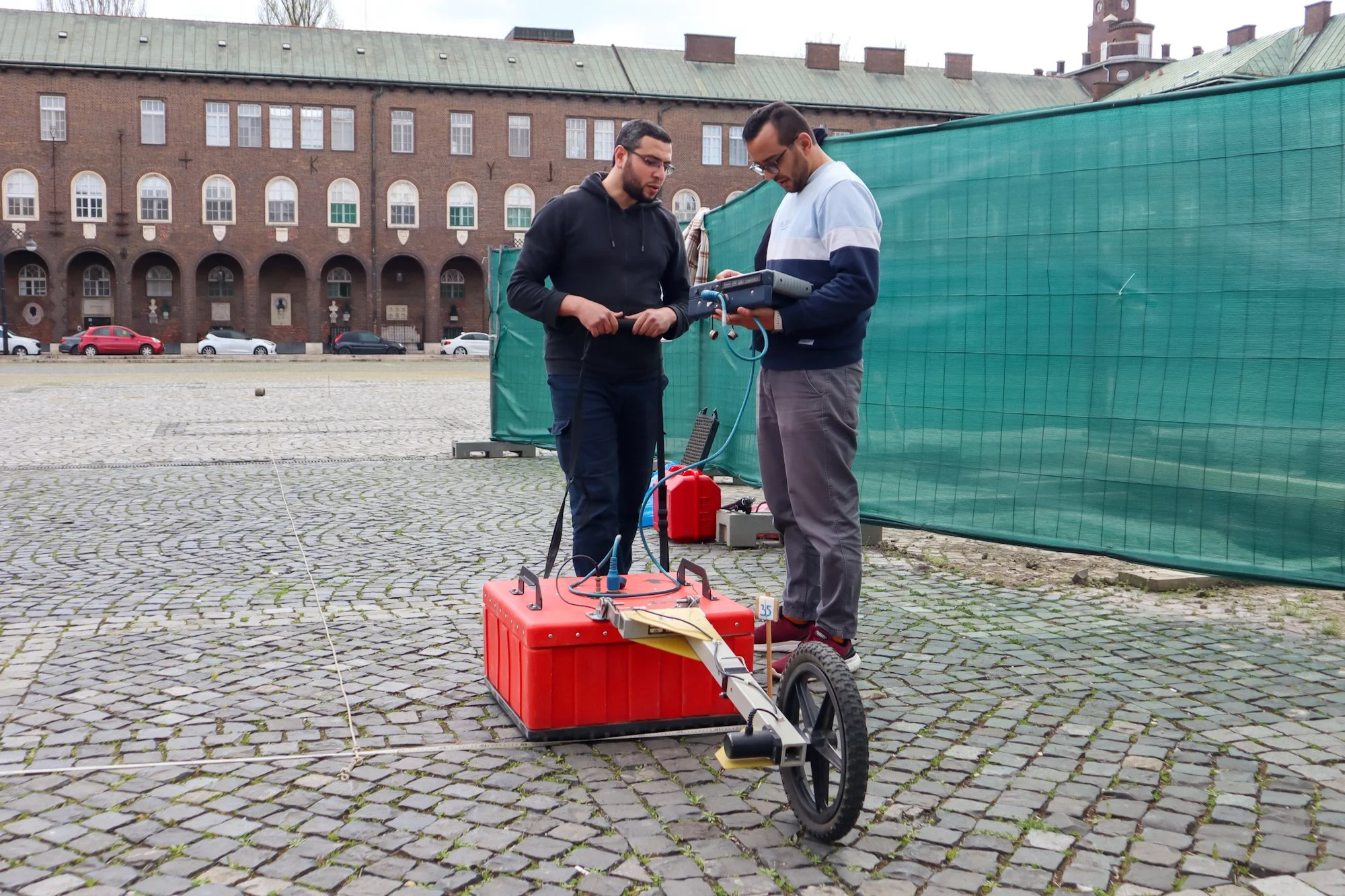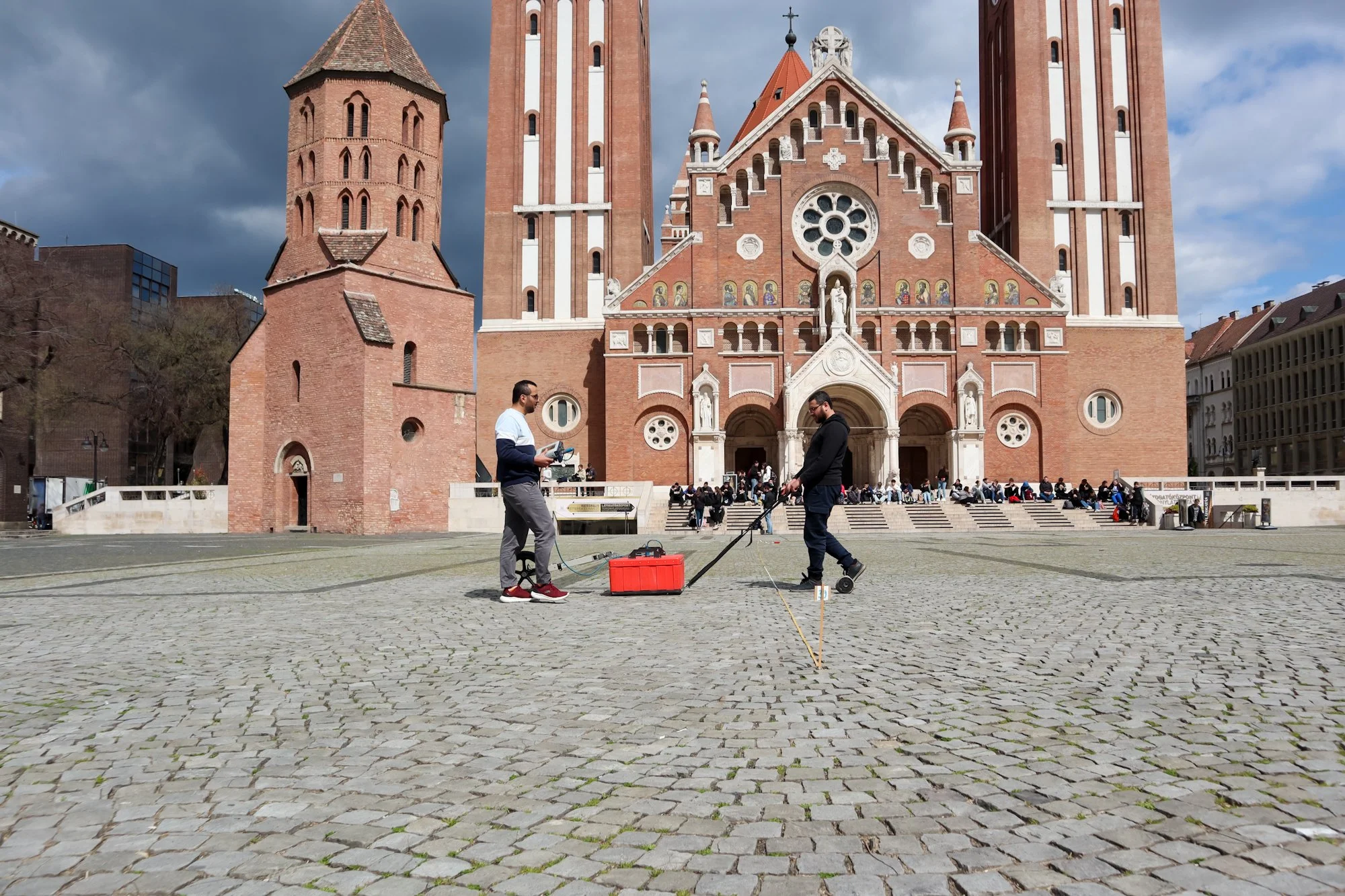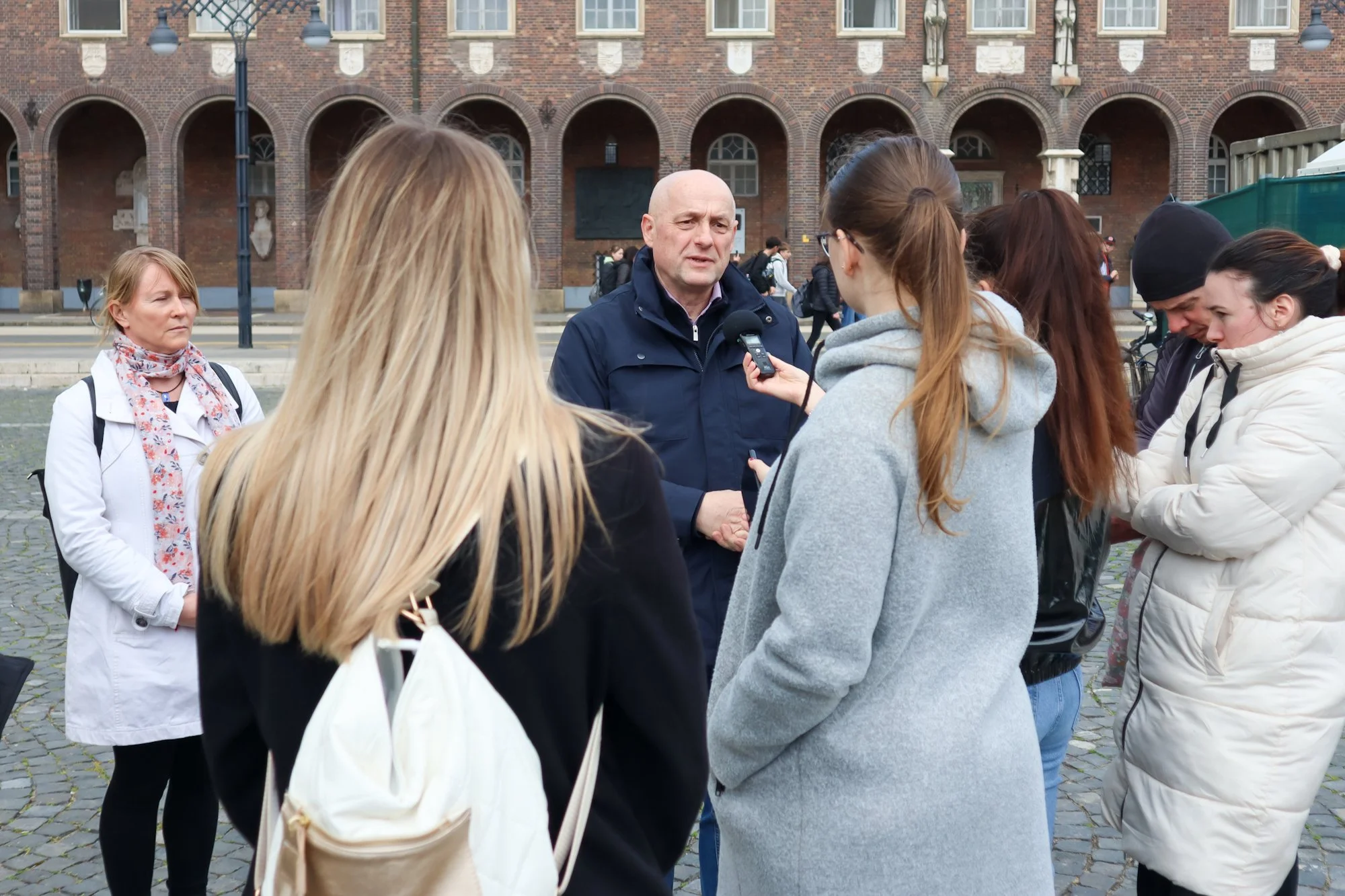Medieval buildings and cemetery unearthed in Szeged’s Dóm Square
Excavations have wrapped up in Szeged’s Dóm Square, where archaeologists uncovered remains of Árpád-era and medieval buildings, along with part of a cemetery. Zsuzsanna Löffler, archaeologist and museologist at the Móra Ferenc Museum, explained the findings during a press briefing Wednesday at the site.
Löffler, who led the dig, said Dóm Square lies in the heart of the city’s medieval district and has long been home to a church. Based on excavation findings and historical accounts, the first church was built there in the 11th century. It was followed at the end of the 12th century by the Church of St. Demeter, which was rebuilt several times over the centuries.
On the side of the square farther from the Tisza River once ran Nagy Street; on the other side, St. Demeter Street, though its exact location remains unclear.
In a trench farther from the river, archaeologists uncovered a wall fragment believed to be either part of a church-related building or a section of fencing from the adjacent cemetery. They also revealed part of the church’s medieval cemetery, including 10 graves. Beneath that layer, remains of a structure dating definitively to the Árpád era were discovered, Löffler said.
RELATED
Closer to the river, two well-preserved Ottoman-era houses were found. From one, archaeologists recovered a nearly intact 20-centimeter-tall brass candlestick. Only one similar object is known in the Carpathian Basin, housed in the Hungarian National Museum – though that piece was found as a stray object, not in situ, Löffler added.
Additional finds included various metal artifacts, such as an axe head. The hearth in one of the houses was constructed using fragments of a broken millstone, she said.
Deputy Mayor Sándor Nagy, responsible for urban development, said the municipality has previously funded several excavations to reconstruct Szeged’s former city layout. The flood of 1897 not only erased much of the medieval town, but the subsequent rebuilding also involved redrawing and widening streets.
The recently completed excavation in Dóm Square – preceded by ground-penetrating radar surveys – cost 21.5 million forints (about $58,000).
Geophysical surveys helped identify subsurface anomalies, allowing archaeologists to determine trench locations. The deputy mayor said these studies are continuing to pinpoint the layout of the Church of St. Demeter’s three naves.
With the excavation now finished, restoration of the square’s surface is set to begin, with full repaving scheduled for completion by the end of April. Dóm Square is expected to host events almost continuously through year’s end, Nagy said.
This article is based on press material provided by the Hungarian News Agency (MTI).
Photos: Szilvia Molnar / Szegedify






